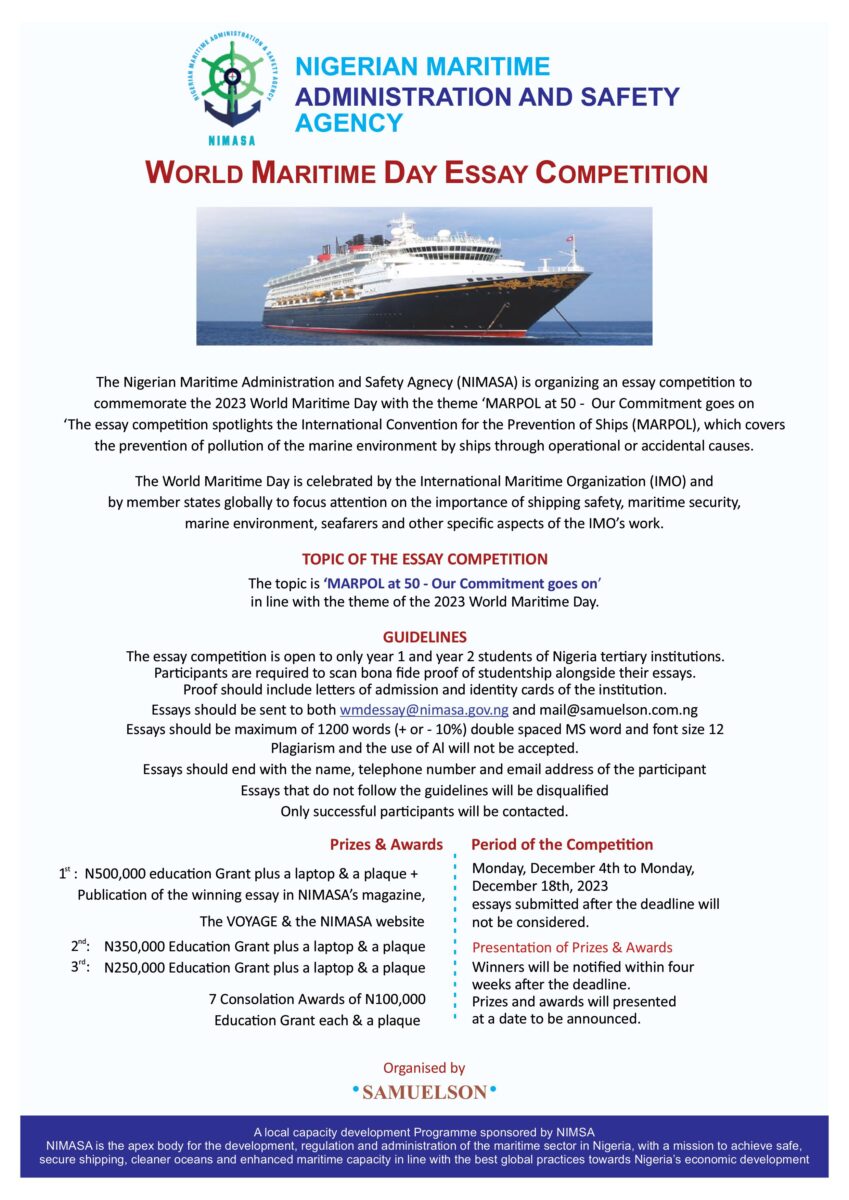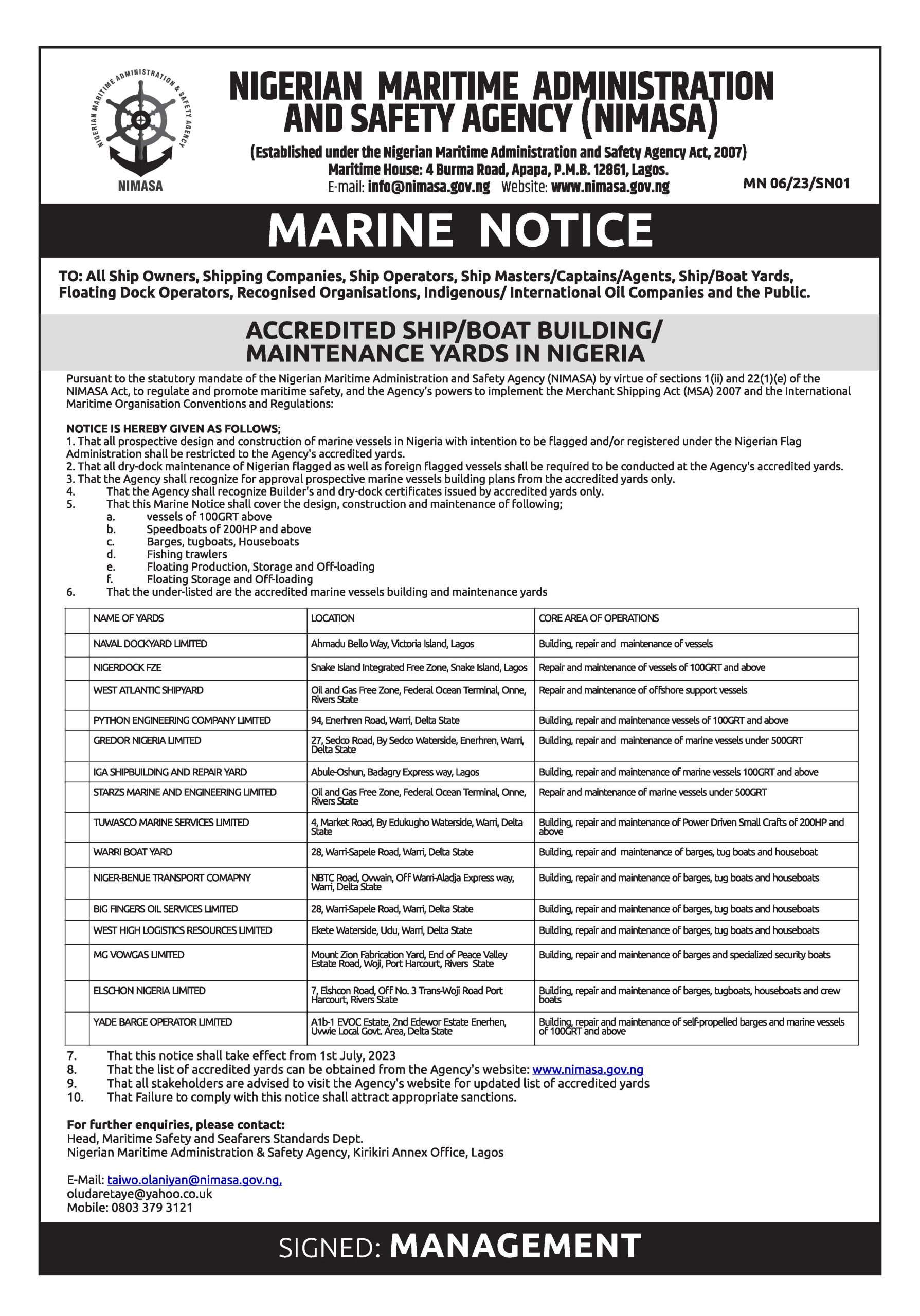By Hammeed M. Bello, PhD
Poverty is, without equivocation, a major obstacle to development, denying individuals as well as countries around the world, especially in the global south, of prosperity and preventing them from accessing basic or minimum requirements for a good living. China knows this fact pretty well, at least based on its measured policy actions over the years. Drawing from its policy initiatives, China is mindful of poverty as a complex socioeconomic condition that goes beyond just insufficient income.
The second largest country in the world, next only to India in demography, is conversant with the various dimensions of poverty which include absolute poverty, where basic needs cannot be met, relative poverty, where one cannot meet the minimum living standards of their society, and multidimensional poverty relating to lack of access to essential services like education, food, portable water, housing, healthcare, sanitation and energy among others.
China’s approach to the poverty war is total, with a state policy operational from the counties, the municipalities through the provinces to the central government in Beijing.
In historical context, back in the early 1800s, the Qing dynasty had to confront population growth which gave rise to shortage of farmland and jobs. Poverty led many to rebel against the Qing. Foreign powers were also starting to involve themselves in trade with China, which led to wars and treaties that harmed the Qing. Back then, China’s long history of widespread poverty had significantly impacted its population due to structural factors and policy instability like the Great Leap Forward.
However, since the late 1970s, market-oriented economic reforms, alongside significant government-led poverty alleviation programmes, have led to an unprecedented and historically unparalleled reduction in poverty. By 2019, the percentage of people living in poverty under China’s national standard had fallen from 97.5% in 1978 to a mere 0.6%, with hundreds of millions lifted out of poverty through rapid economic growth and targeted initiatives.
Poverty had been a persistent problem in China, deeply tied to its complex social structure and class divisions. The Communist Revolution in the mid-20th century aimed to eliminate these divisions, but policies enacted in its wake, particularly the Great Leap Forward earlier cited, resulted in widespread poverty and famine.
But the significant Poverty Reduction Since 1978 saw market reforms and economic growth. Starting in 1978, China’s economic transformation through market reforms led to an average GDP growth of over 9% annually, ushering in an unprecedented scale in the reduction of poverty with the number of people living below the international poverty line of $1.90 per day falling by nearly 800 million since 1980, which is nearly three-quarters of the global reduction.
Similarly, there was a dramatic decline in the poverty rate, especially between 1978 and 2019, when the proportion of the rural population living in poverty fell from 97.5% to 0.6%.
The government-led poverty alleviation efforts also played a key role promoting wealth creation programmes that further brought down poverty levels. China implemented several major poverty reduction plans, beginning in 1986, with the 2011-20 outline focusing on particularly impoverished regions in central and western China. Focus was then placed on rural development. The emphasis was on providing development funds, subsidized loans, and relief programmes to identified impoverished counties. China then developed a national information system to register poor individuals and households, tracking their needs and enabling targeted interventions.
Beyond income, China also made significant progress in improving health, education, and access to services, leading to a rise in the country’s human development index. A resultant effect is the decline in multidimensional poverty level (non-monetary) which also improved substantially, with the share of poor people decreasing from 12.5% in 2002 to 3.9% in 2014 according to a United Nations Development Programme (UNDP) measure.
Despite occasional western-centric media perspectives of social realities in China, data has shown an increased shift from adversity to prosperity in the second largest economy in the world, and in some aspects the first, especially in the manufacturing sector of the global economy where it has proved to be the leader in manufacturing exports. Over the last 40 years, China has lifted about 800 million people out of extreme poverty, contributing about 75 per cent of global poverty reduction since 1978. “By any measure, the speed and scale of China’s poverty reduction is historically unprecedented,” according to the report: “Four Decades of Poverty Reduction in China,” published by China’s State Council and the World Bank War on Poverty, which was adopted as a deliberate state policy by the governing Communist Party of China. As published by a 2024 CGTN news report, this fact came to the fore at the G20 Summit to address the global poverty, hunger and inequality, where China’s achievements in poverty reduction took center stage.
China has set poverty alleviation as a priority for development since the 18th CPC National Congress in 2012. Although China today is an upper-middle-income country and the second-largest economy globally, it is still home to some of the most impoverished places in the world, particularly in the central and western areas.
One in every three counties was labeled “poverty-stricken” in 2013. Back then, China had 832 severely impoverished counties with more than 80 million residents. The country has set a goal of eradicating extreme poverty in the countryside and lifting its most underprivileged population out of need by the end of 2020. As of November 2020, China has achieved the feat of delisting all 832 poverty-stricken counties, one month ahead of schedule.
Wealth disparities between eastern and western regions
China’s terrain is high in the west and gradually descends eastward. The country’s west features sparsely populated areas with high mountains, elevated plateaus and vast deserts. The east, however, is fertile and suitable for agriculture, food production and human settlement. Since ancient times, the population has been mainly concentrated in the eastern and central plains of China. China’s imbalanced regional development is mainly due to its natural conditions. All 832 counties designated by the government as poverty-stricken in 2013 are located in western and central China. Meanwhile, all nine provinces and municipalities along the country’s eastern coast have no impoverished counties.
In 2013, impoverished counties accounted for nearly half of China’s total area. At the time, one in every three counties was categorized as poor – a reality that highlights the difficulty of China’s undertaking to eliminate extreme poverty on its way to build a moderately prosperous society in all respects.
Balancing the wealth, poverty equation:
To narrow the gap between the wealthier east and more disadvantaged west, Chinese policymakers have introduced a number of measures to tackle unequal regional development under the principle of “rich people help poorer people.”
One of such anti-poverty policies is the “East-West Pairing-off Cooperation,” which has played a crucial role in the country’s poverty alleviation campaign. It creates a framework that links provinces at different levels of economic growth for more equitable development and resource distribution.
The “East-West Pairing-off Cooperation” policy pairs wealthier eastern regions with 14 western rural regions, while the nine eastern provinces and municipalities with no poor counties also provide assistance to Tibet and Xinjiang Uygur autonomous regions.
Eastern provinces and western counties in pairs
Guangdong’s GDP ranks first in the country for many years and the province has given the most assistance to severely impoverished counties as part of the “East-West Pairing-off Cooperation” programme. Besides financial aid, assistance expands to the fields of industry, employment, talent development, health care, education and social welfare.
Shanghai, for example, is paired with 22 poverty-stricken counties in Yunnan Province and Zunyi City in Guizhou Province. The financial center of China also assists Tibet and Xinjiang Uygur autonomous regions. Shanghai has helped promote Yunnan coffee to global markets, bringing local growers a steady stream of income.
Between 2012 and 2019, China’s impoverished population decreased from 98.99 million to 5.51 million. Rural counties have experienced development in infrastructure, public services, industry and the ecological environment. The regional disparities between the eastern and western provinces, autonomous regions and municipalities have narrowed – a significant achievement in China’s battle against poverty.
Hammeed M. Bello is the Chief Operating Officer/Editor-in-Chief of Peoples Daily newspaper, Abuja, Nigeria. He is reachable via email: hamdbelo@yahoo.co.uk







